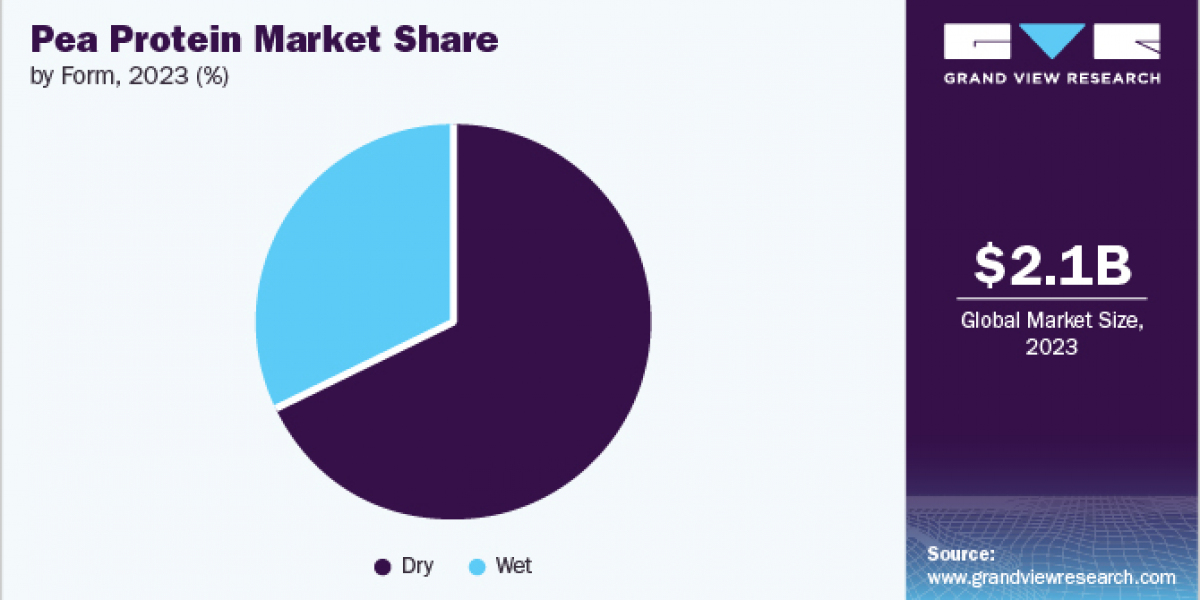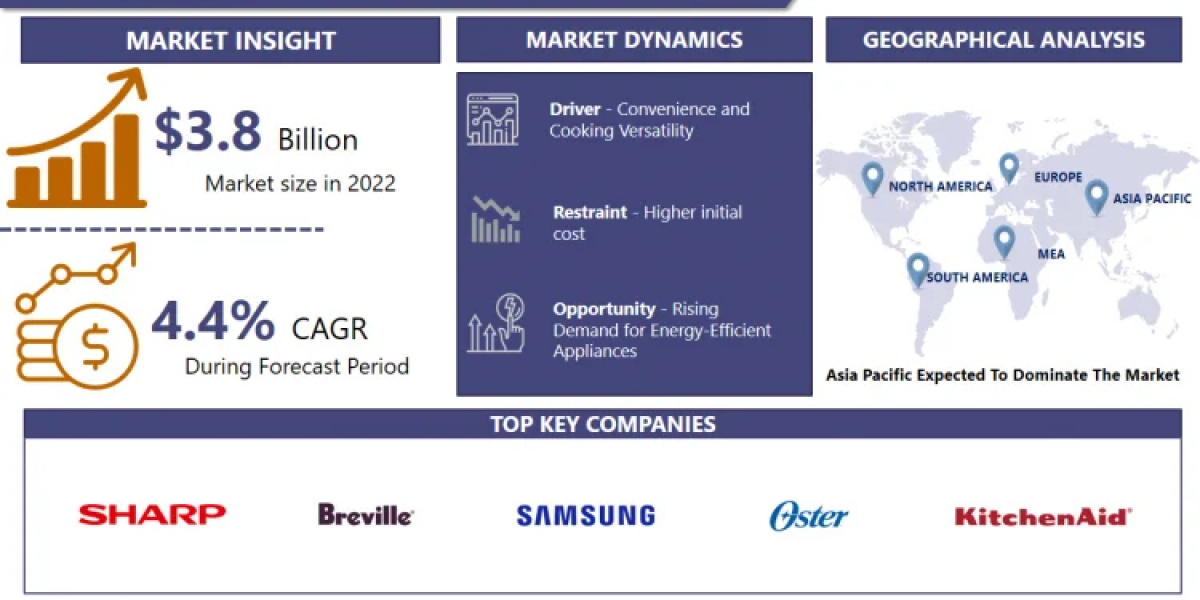The global pea protein market was valued at USD 2.12 billion in 2023 and is projected to grow at a compound annual growth rate (CAGR) of 12.1% from 2024 to 2030. This expansion is primarily driven by an increasing awareness of the environmental impacts associated with animal agriculture, alongside health concerns related to meat consumption. As a result, more consumers are opting for plant-based alternatives. Pea protein is recognized as a high-quality protein source, gaining popularity among vegetarians, vegans, and health-conscious individuals. Its appeal is further bolstered by being free from common allergens such as soy and gluten, making it an excellent choice for those with specific dietary needs.
The rising global trend towards vegan and vegetarian diets is significantly shaping consumer preferences, leading to a heightened demand for plant-based products. Pea protein has emerged as a versatile ingredient, finding uses in a wide array of products, including meat substitutes, dairy alternatives, and functional foods. The growth of vegan restaurants, cafes, and targeted product launches is further driving the demand for pea protein. Additionally, the increasing popularity of flexitarian diets—spurred by health concerns regarding red meat and greater awareness of the adverse effects of gluten and lactose—also contributes to the sustained growth of the market.
Gather more insights about the market drivers, restrains and growth of the Pea Protein Market
Form Segmentation Insights
In 2023, the dry segment represented the largest share of revenue. The dry processing techniques used to create pea protein concentrates and isolates yield a more concentrated protein product, catering to manufacturers and consumers in search of efficient protein sources. This form offers stability, facilitating easy storage and transportation, making it suitable for various applications like protein powders, snack bars, and meal replacements. The convenience of dry pea protein aligns well with the fast-paced lifestyles of modern consumers who seek quick and straightforward ways to fulfill their nutritional needs.
Conversely, the wet segment is anticipated to experience significant growth during the forecast period. Wet pea protein, available as a paste or slurry, provides convenience for food manufacturers since it can be directly integrated into various food products without the need for rehydration or additional processing. This format is especially beneficial for producing plant-based meat analogs, dairy alternatives, and other processed foods where moisture content and consistency are vital. The straightforward integration of wet pea protein into manufacturing processes makes it an attractive option for food producers looking to optimize their operations.
Order a free sample PDF of the Market Intelligence Study, published by Grand View Research.









